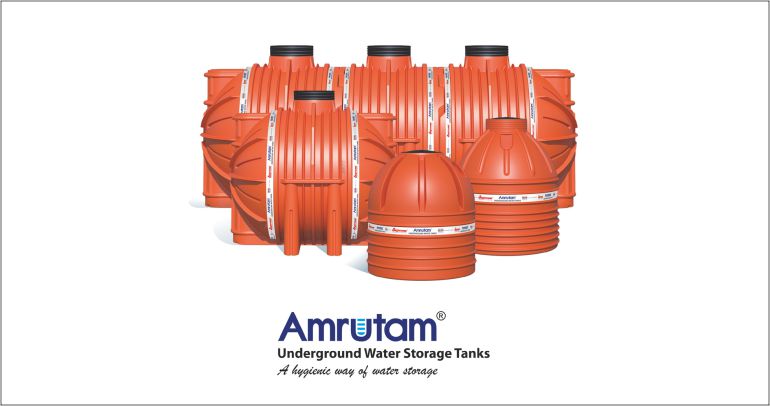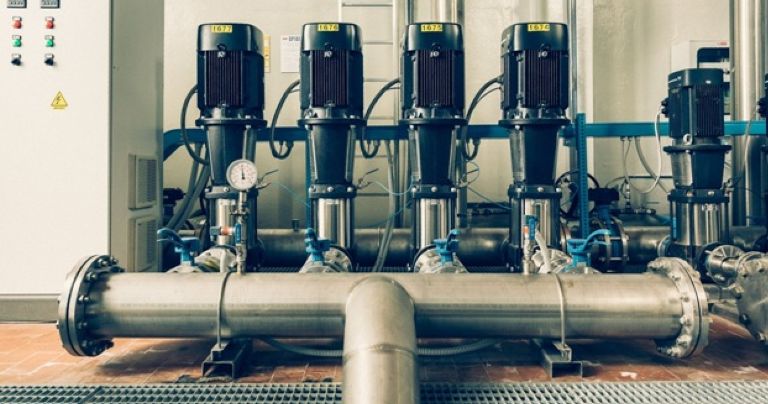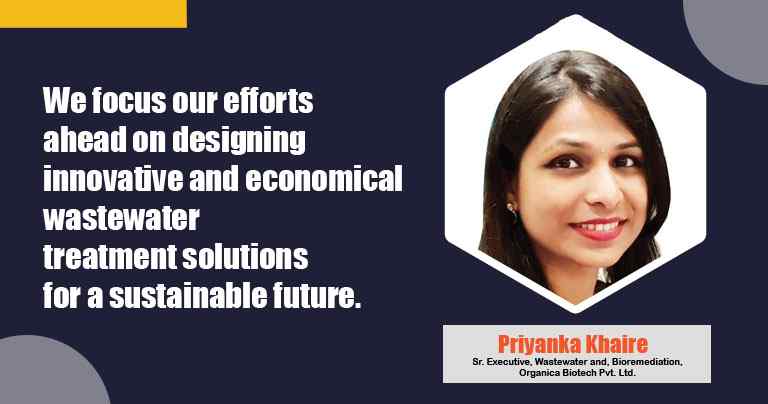Grundfos’ AQpure and AQtap water kiosks ensure safe and sustainable drinking water solution
By Edit Team | December 9, 2020 4:47 pm SHARE

For a sustainable and clean water future, it is important to innovate sustainable technologies and strengthen the current solutions.
As per a 2018 report by WaterAid studied, 163 million people among India’s population of 1.3 billion – or more than one in 10 lack access to clean water close to their home. For a sustainable and clean water future, it is important to innovate sustainable technologies and strengthen the current solutions. Grundfos’ AQpure is a solar/grid powered ultrafiltration-based water treatment optimised for producing drinking water. It plays an important role in local communities and in remote areas, where establishing a stable, reliable and affordable production of drinking water from lakes and rivers can be challenging. AQpure can operate as a stand-alone and self-driven water treatment system.
The Grundfos AQpure system produces drinking water by filtering bacteria, viruses and particles from a raw water source. This solution processes water from surface bodies such as lakes, ponds, reservoirs and rivers by using ultrafiltration (UF) technology. AQpure plays an important role today, as it will help tap the potential of surface water and bridge the gap between water supply and demand. Grundfos AQpure is built on a modular concept allowing for customization of each AQpure system to the specific raw water quality. The power consumption of the system is very low; they can be operated on solar power and single-phase grid power.
Recently, Grundfos AQpure system received a stellar recognition from Jal shakti Ministry by empanelling it as an innovative technology (solar-powered and automatic UF based water treatment system) for use under the iconic Jal Jeevan mission and Swachh Bharat mission. This will now be included in the list of recommended innovative technologies in the Department of Drinking water and sanitation’s innovation portal.
Applications:
Grundfos AQpure can operate as a stand-alone water treatment system or combined with Grundfos AQtap water dispensers in water kiosk applications. The water treatment system can also be used in apartment buildings, resorts and industries.
- Stand-alone drinking water production
- Water kiosks
- Apartment buildings
- Water factories
Features and benefits:
- Full adaptability from a modular concept
- Superior reliability in water production
- Cost-effectiveness through pre-fabricated systems
- Automated and robust
- Self-adaptive control and cleaning
- Long service intervals for minimal downtime
- Remote monitoring through Grundfos Remote Management (GRM)
- Solar-powered and minimal operation costs
- Easy installation
Grundfos’ AQtap
Grundfos’ AQtap is a grid or solar-powered intelligent water ATM that ensures a reliable and sustainable water supply. AQtap acts a water dispenser, it has a robust construction, operates precisely all the while ensuring minimum wastage of water.
This technology often finds its additional benefit when coupled with AQpure. The AQtap system is a smart water management system that works through an integrated platform for revenue collection and online management of water kiosks, supports financial viability and accountability of water service operations and offers a view into effective drinking water management.
AQtap or ‘Water ATM’ is a kiosk that can be also used to distribute potable water. The water kiosk is connected to a water tank supplied by groundwater or treated surface water, post-treatment using Grundfos pumps and AQpure water treatment system.
AQtap is an intelligent solution that can be connected to the existing water network or provided as part of a total Grundfos water supply solution. Through an integrated platform for revenue collection and online management of water points, AQtap supports the financial viability and accountability of water service operations.
In 2020, a small village, Hingalganj in the state of West Bengal was severely affected by the cyclone Amphan. Grundfos solar-powered water treatment solution- AQpure and AQtap, facilitated 2,500 locals’ access to 10,000 litres of clean drinking water from the available surface water in this region. This system has been on use since November 2017. Eight more systems are in operation in 24 North and South Parganas in West Bengal providing access to water to about 15,000 people.
Cookie Consent
We use cookies to personalize your experience. By continuing to visit this website you agree to our Terms & Conditions, Privacy Policy and Cookie Policy.




































-20240213125207.png)

























